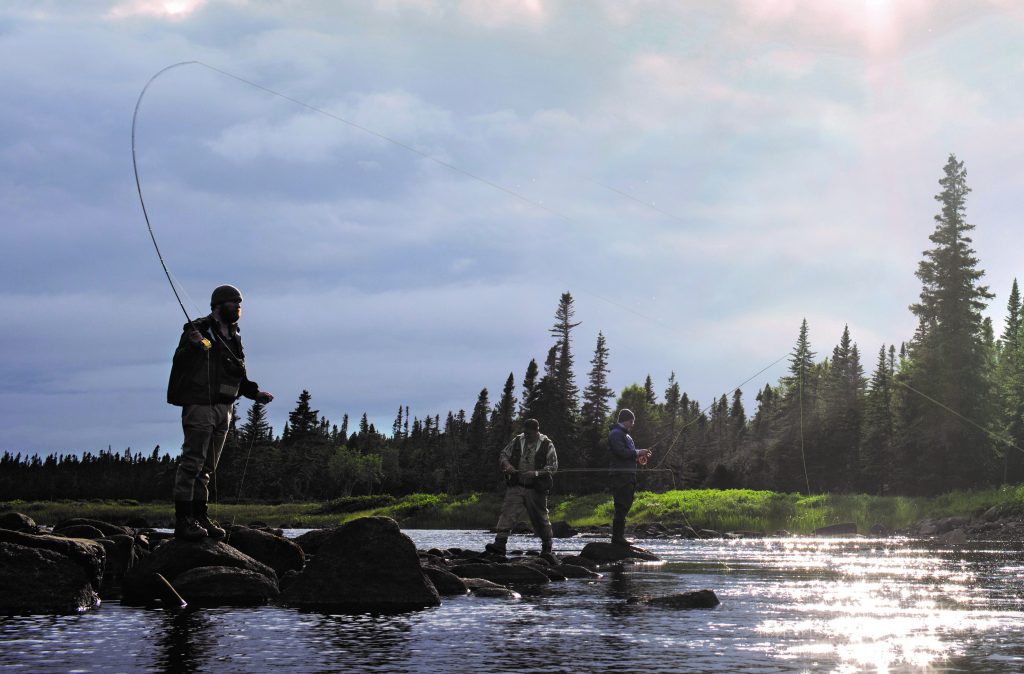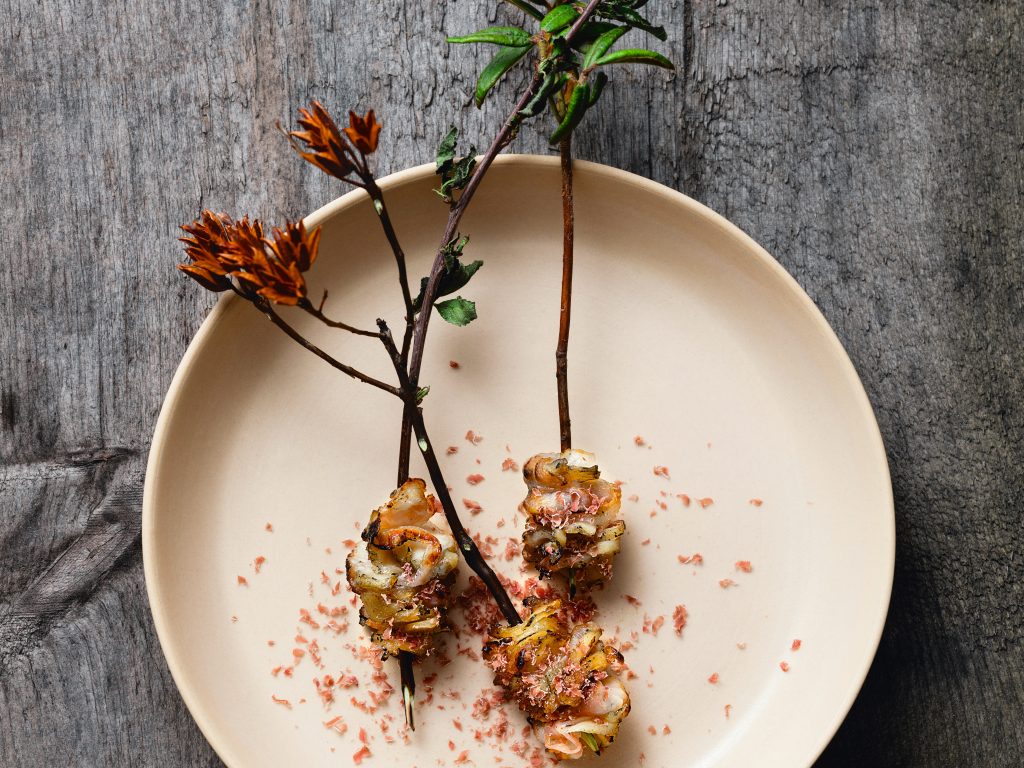A Love Letter to Newfoundland Cuisine from Chef Jeremy Charles
Chef Jeremy Charles doesn’t strike me as someone who enjoys the limelight. He addresses Pay Chen, the host of tonight’s event at Toronto’s George Brown College, directly when she asks him questions. He often looks down thoughtfully but doesn’t really pan over to us, the audience. Nevertheless, I’m still enthralled as he describes the beauty of Newfoundland.
He paints the scene of a typical September evening in St. John’s; whales swimming by against the setting sun, carp fish swimming around your feet while you enjoy fresh berries. It sounds delightful and he’s 80 per cent convinced me to move to St. John’s, Newfoundland.
As he describes the menu at Raymonds (his St.John’s restaurant since 2010), I’m even more convinced that I should make the trip over to the East Coast. Raymonds offers a unique experience, not just for Newfoundland or St. John’s but for diners from across the country. In 2011, Raymonds was honoured as the “Best in Canada” by enRoute Magazine. Most recently it was number 12 on Canada’s Best 100 list.
Raymonds highlights the local terroir of the province by using ingredients found in its backyard. Ingredients like whelk, cod, lobster, and even wild game meats like seal. Part of what makes Raymonds so special is the fact that it’s so ingrained in the community. Chef Jeremy buys game meats from St. John’s hunters and fish from local fishers, leveraging the expertise and experience of those who call St. John’s home.

Chef Jeremy laughs as he talks about “being the townie” working with the “bayman.” Townie” is the name they give the residents of the city. “Bayman” the descriptor they give those who live out in the countryside, living off the land, being self-sufficient. Jeremy likes to say that he’s “half-bayman, half-townie,” he goes hunting and fishing with the locals to source his ingredients.
Interestingly, in most provinces in Canada, serving hunted game meat in restaurants is illegal. However, Newfoundland regulations allow chefs to purchase hunted meats to serve customers. Chef Jeremy believes that a restaurant, and its dishes, are only as good as their ingredients, so it makes sense that he goes straight to the source and has firsthand knowledge of what his restaurant is serving. Even as a teen, Jeremy proved his worth by working with fly fishers in the summer and selling cod tongues.
This collaboration with the community is reflected in Jeremy Charles’ new cookbook, Wildness. Chef Jeremy says part of the reason he wanted to write the book was to highlight the stories and people behind the plates. Hunting and fishing isn’t easy work and it can be dangerous. Fishers and hunters risk their lives to bring food to the end consumer, but as the customer dining in the restaurant, we don’t see this part of the process. Wildness’ celebrates those unseen, who deliver us our food.

Wildness features the quintessential Newfoundland dishes that Raymonds is known for. Beyond shining a light on the locals, the cookbook also showcases Newfoundland cuisine is and brings it to a level, giving it the respect it deserves.
In some cases, though these ingredients (like whelk, sea urchin, and razor clams) are produced and native to the St. John’s area, locals are unfamiliar with them. Chef Jeremy speaks about the ingredients and dishes that he now serves in his acclaimed restaurant that were once considered to be cheap alternatives for those who couldn’t afford meats like chicken, or pork. Chef Jeremy explains that growing up, nobody wanted to be the kid in school with the lobster roll for lunch.
In fact, this disdain for local foods would follow Jeremy as he began his career as a chef. Jeremy left St. John’s to continue honing his cooking skills and went to work in Montreal, then Chicago. It was while working in Chicago that Jeremy saw the ingredients that he had once considered undesirable, coming into the kitchen where he worked. These ingredients like whelk, sea urchin, and razor clams were being imported from Canada to Chicago to be served in a high-end dining environment.
Jeremy realized that special or fine dining didn’t necessarily mean imported; that he could create an exceptional dining experience with ingredients from his own city.

Jeremy travelled back to St. John’s determined to showcase the exceptional taste of terroir from land and sea that Newfoundland had to offer. The magic of Newfoundland truly comes through in his writing and in the recipes. From the moose heart tartare to the pan-fried cod tongue, what makes the region so special is exemplified in Wildness.
As Canadians, it’s in our nature to apologize and this comes across in our own cuisine, as we shrink away from the local ingredients. However, Raymonds and Wildness boast the local fare and make no apologies.
Photos by John Cullen, courtesy of Phaidon









